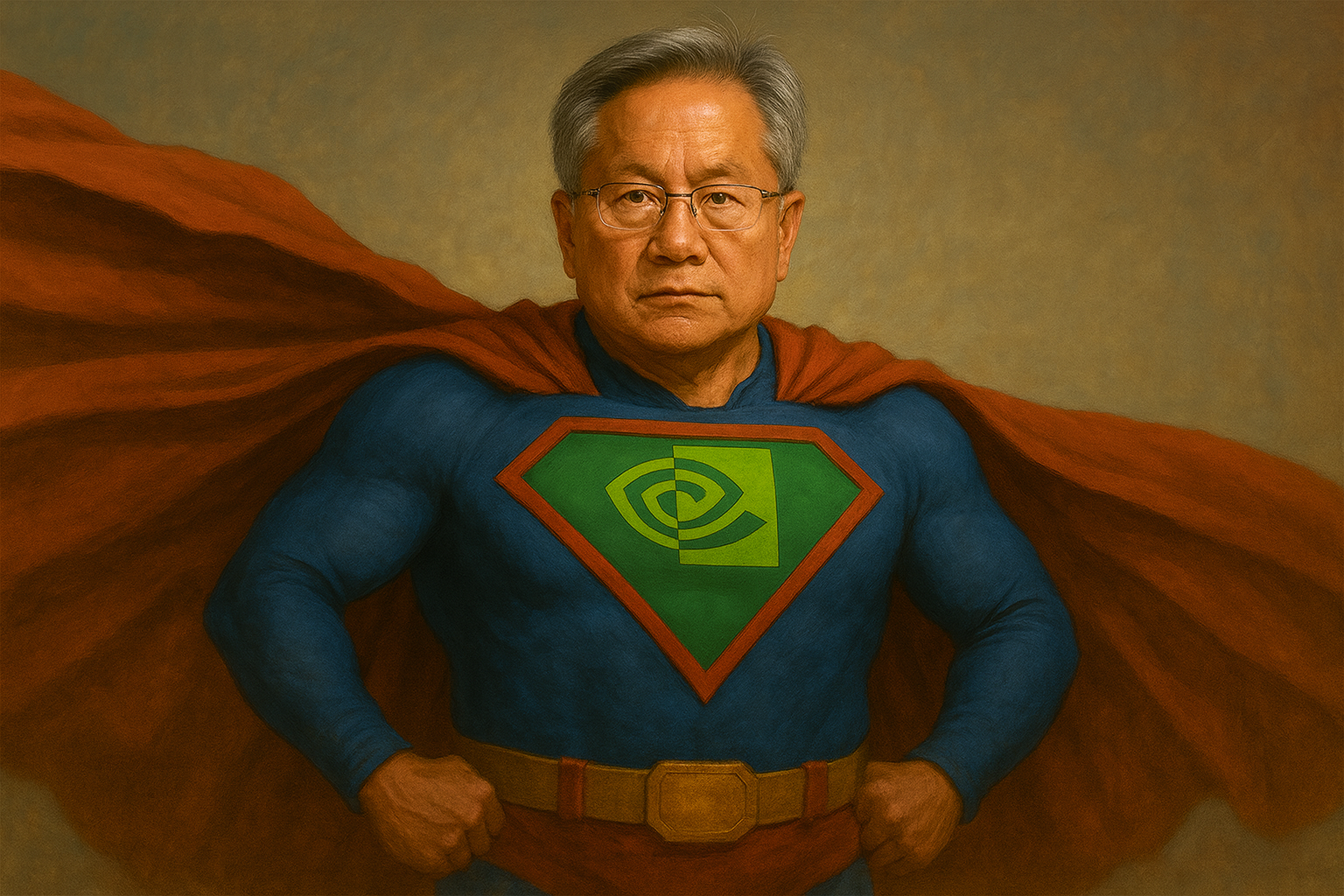Another Beat and Raise
Nvidia’s October results were another example of a company accelerating growth in the face of the law of large numbers. Revenue of $57B was up 62% y/y, beating the whisper by 2.7% and the in-print estimates by 3.8%. Data Center revenue was up 66% y/y and the company delivered a record $10B sequential total revenue increase, or 22% y/y.
On guidance, Nvidia raised its January quarter outlook to $65B in revenue, implying roughly 65% y/y growth, up from 62% in October. Management also noted that the ramp of the newer GB300 part is already contributing roughly two thirds of total Blackwell revenue, and they have more demand than they can supply.
Below the surface, the October quarter and January guide remind us that the collective “brain” of AI, defined as GPUs in use, is going to be bigger than we thought three months ago. The bigger that AI brain becomes, the more use cases appear, which in turn strengthens and extends the AI investment cycle. Put differently, this beat and raise suggests the AI trade has more room to run than skeptics of capex sustainability believe.
